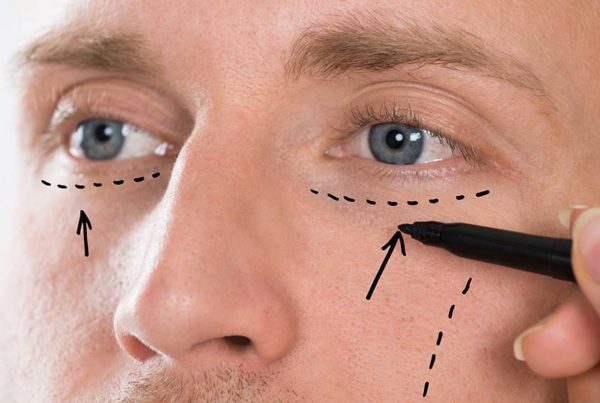
Ask any plastic surgeon and they’ll tell you the same thing. Unfortunately, even when patients are pleased with their facelift in general, occasionally they’re disappointed with a particular aspect of it.
This is a complex area and it’s important to discuss the risk of disappointment with your surgeon before going ahead with surgery, so there’s a clear understanding of what might happen in the event of a problem. This includes the possibility of a complication and the need for revisional surgery.
There are many reasons why someone might be unhappy with the results of their procedure, but they can be grouped into three main areas:
Firstly, their expectation of what was achievable may have been unrealistic. In spite of having seen photos and discussed the possible outcome in depth, they still feel that more should have been achieved.
Secondly, if surgery didn’t meet the agreed goals set between patient and surgeon beforehand. In other words, it didn’t go to plan. An example of this is that we agreed that the jowl along the jawline was to be treated and eliminated as part of the plan, but after the operation there is still some visible jowl or sag. When this happens, the patient’s disappointment is justified.
And lastly, if there is a true surgical complication, such as a nerve injury, haematoma or poor scar, it’s understandably disappointing.
It must be said that a less than ideal outcome can occur even when surgery is skilful, or there’s a complication that needs to be repaired. The surgeon is working with human tissue and despite great care, training and skills, imperfections occur.
Fortunately, most problems can be improved or corrected with revisional surgery. But one of the issues with this is that the cost of further surgery can be significant. Plus, the patient has to go through another procedure which they weren’t planning, with another recovery time.
It doesn’t help that with cosmetic surgery, there are no fixed rules around the cost of revisional procedures. Over the years, I have found that the best way to manage this for everyone concerned is as follows.
I tell patients upfront that if there is a complication, there will be no charge for my time for revisional work, as long as I performed the primary procedure. This is because I want to deliver a result that is within the range of the goals that we agreed on. If that takes more than one operation, so be it.
So, if a touch-up or improvement procedure is necessary and can be done in the office under local anaesthesia, I don’t charge any significant amount at all. There is usually only a charge for materials, which is a low cost.
However, if a result needs to be improved or changed more substantially and this has to happen under an anaesthetic, there are more costs involved. There are the costs of the operating theatre time necessary to perform the procedure, usually a day surgery bed and occasionally an overnight bed during early recovery. There is also the cost of the anaesthetist who provides the general anaesthetic. In my practice, I provide my own services for no extra cost, but the hospital and the anaesthetist are independent service providers and must be paid for separately by the patient.
I hope you’ve found this post useful and that it has answered some of your questions about financial outlay in the event of a complication or revision. Remember that most procedures are straightforward and problems requiring further hospital admission are uncommon. Since they do occasionally occur, I always like to be upfront in how these issues are managed in my practice.
Head over to my Realself Profile where you can read patient reviews.





